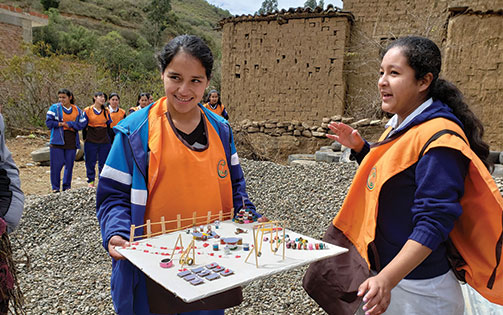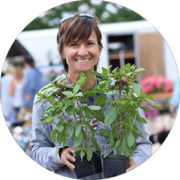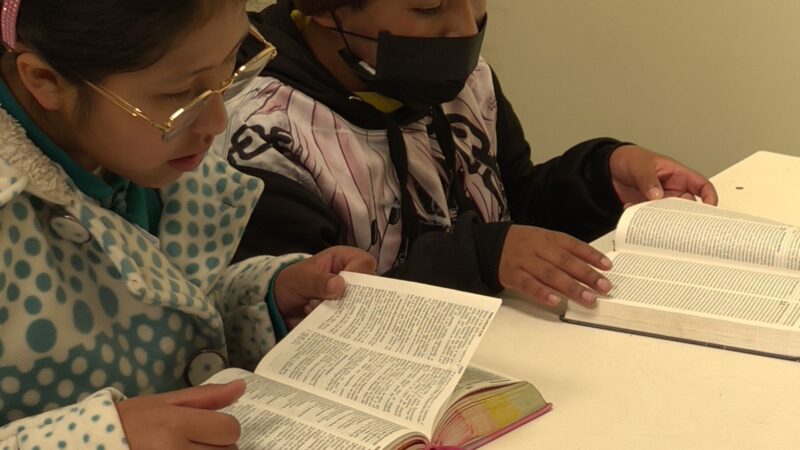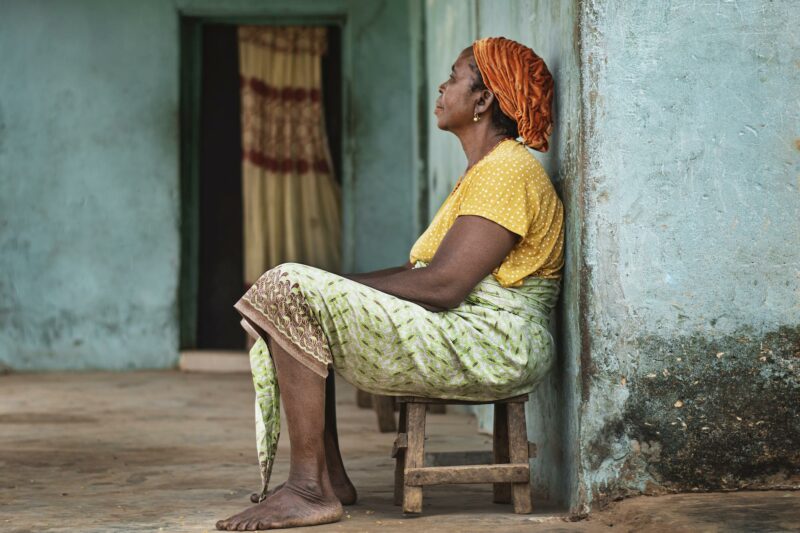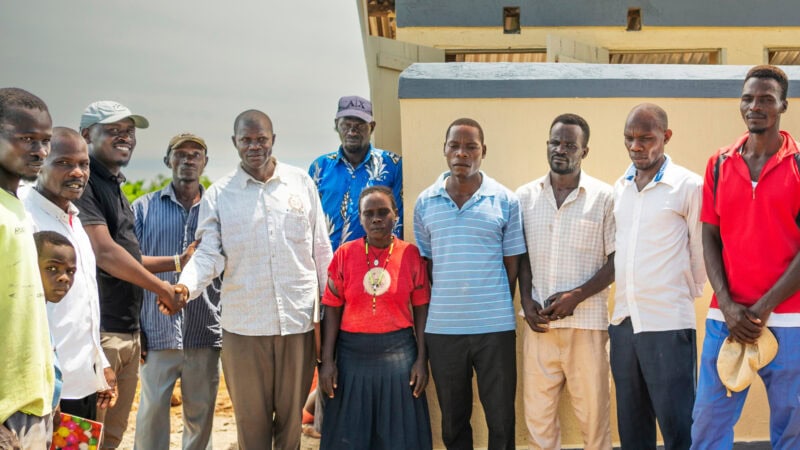*Bright Hope board member Tammy Massey shares about a recent trip to Bolivia.
Children should be seen and not heard. Right? In the context of most world cultures, students have no voice until they are adults and, even then, often not until they are older and wiser. They are usually minimized and ignored. Poverty tends to emphasize this divide to an even greater extent.
Recently, I had the privilege of observing firsthand a counter-cultural shift that broke this typical dynamic.
Visiting Bright Hope’s work in Bolivia, I was part of a team that drove into the remote mountains to a small village called Moro Moro. There we enjoyed a special program where high school students in Bright Hope’s Youth Leadership Program showed off the projects that they had designed and implemented.
New in 2018, the Youth Leadership Program cultivates skills in local high school students through a holistic approach that teaches them about all the ways they have wealth and riches—spiritual, moral, relational, etc. The students then put those skills to work. They survey the local area, identify a challenge in their community, and brainstorm ways to solve or address that problem. Students learn valuable teamwork, leadership skills and character traits as they move through each stage of the process to the final product.
While the idea of a group of students working on a community service project may seem normal in the United States, it is far from common in poor areas like the mountain communities of Bolivia. If students are lucky enough to attend school, they certainly don’t have access to after-school clubs or even sports. Those are essentially non-existent in poor countries.
And while I loved the idea that these students were becoming leaders in their schools and learning about the amazing gifts that God had put inside of them, what made this shine so brightly for me was their impact on the local community.
Before we arrived, the local school principal had been tolerant of the “club,” but that was as far as it went. However, as the special presentation unfolded, I watched a change take place.
The program that day involved both the students and many dignitaries and important figures in this small village. Several speeches were made to welcome the guests. Yet the student teams and their projects were clearly the highlight for everyone there.
One group of students decided to use the power of story to address issues of alcohol and marital trouble. They created and acted out for us a drama to point out a problem and demonstrate healthy ways to fix it. They had dreams of traveling around to present this show in other locations as well.
Another group developed a hydroponics system to grow food in this area known for its dry, rocky hills. Hydroponics uses recycled water through a PVC piping system to grow plants without soil. The local mayor and other community leaders were fascinated by this project—a new idea that could bring much-needed nutrition and income to the area.
The third team decided to tackle two problems with one project. They designed and were in the process of building a park and playground out of recycled bottles, tires and other materials that would otherwise be garbage laying in the streets. Up to that point, the village had neither a park nor a playground anywhere for local children. While we watched in amazement, the local leaders pledged both land and money support to these students who would normally have not even been acknowledged.
Not only were these students realizing their potential to impact their community in the future, they were leading the charge in their village to improve the quality of life right then and there. This really inspired me. Despite the cultural norms, they challenged and inspired their own village elders, from the school principal all the way to the community mayor.
It was a beautiful picture of what encouragement and empowerment can do, from changing a young life all the way to a school, to a community and beyond.

